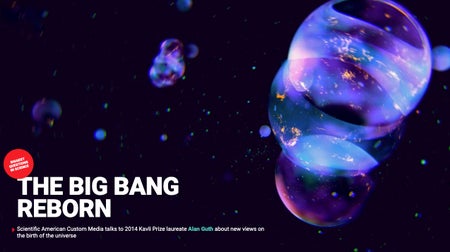
The Big Bang Reborn
Scientific American Custom Media talks to 2014 Kavli Prize laureate Alan Guth about new views on the birth of the universe
At its essence, science pursues knowledge by asking and answering questions. In this collection, Scientific American Custom Media, along with our partners at The Kavli Prize, explore the work of scientists who pursue the biggest questions in neuroscience, nanoscience and astrophysics. From the atomic scale to the galactic, the truths these scientists have uncovered are fundamental, and they have reshaped our understanding of how the universe works.
This special collection was produced for The Kavli Prize by Scientific American Custom Media, a division separate from the magazine's board of editors.


The Big Bang Reborn
Scientific American Custom Media talks to 2014 Kavli Prize laureate Alan Guth about new views on the birth of the universe
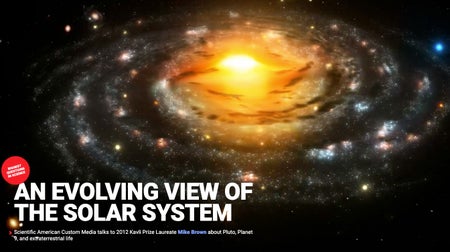
An Evolving View of the Solar System
Scientific American Custom Media talks to 2012 Kavli Prize Laureate Mike Brown about Pluto, Planet 9, and extraterrestrial life

Galaxy Clusters and the Evolving Universe
Scientific American Custom Media talks to 2020 Kavli Prize Laureate Andrew Fabian about x-ray astronomy, black holes, and the most extreme conditions in the cosmos

How Genetic Surgery Could Transform Biology
Scientific American Custom Media talks to 2018 Kavli Prize Laureate Jennifer Doudna about the future of gene editing

Rewiring the Brain
Scientific American Custom Media talks to 2016 Kavli Prize Laureate Carla Shatz about how reshaping neural circuits could treat brain disorders and improve our ability to learn

Easing the Burden of Chronic Pain
Scientific American Custom Media talks to 2020 Kavli Prize Laureate David Julius about the new science of pain sensation and the future of pain relief
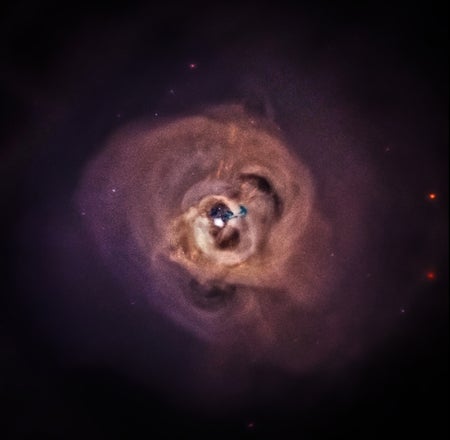
X-ray Vision into the Hottest Spots in the Universe
A pioneer in X-ray astronomy, Andrew Fabian discusses the belly of a black hole, how galaxy clusters evolve, and how quasars could expose the secrets of dark matter
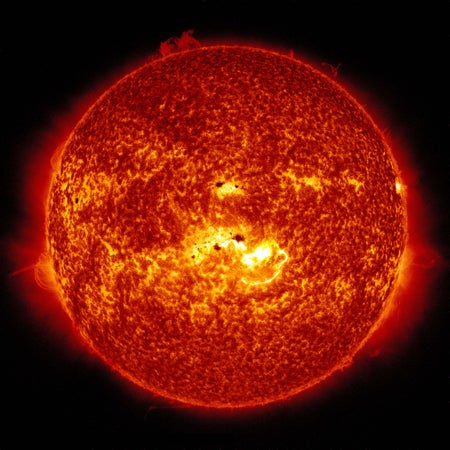
A Newfound Ear For the Secrets of the Stars
Jørgen Christensen-Dalsgaard pioneered ways to use sound waves in stars to reveal their internal dynamics. We asked him what they revealed about life in the universe, the formation of galaxies and the ultimate fate of our planet
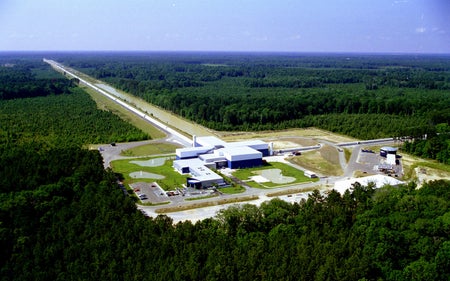
The Dark Universe Comes Into Focus
The LIGO experiment opened a whole new window to the universe. We asked Rainer Weiss, one of LIGO’s lead architects, what gravitational-wave astronomy could reveal next

Understanding the Inner Workings of Stars
Conny Aerts is an astrophysicist and a pioneer of asteroseismology. This year she shared the Kavli Prize in Astrophysics for her research and leadership that has laid the foundations of solar and stellar structure theory, and revolutionized our understanding of the interiors of stars.
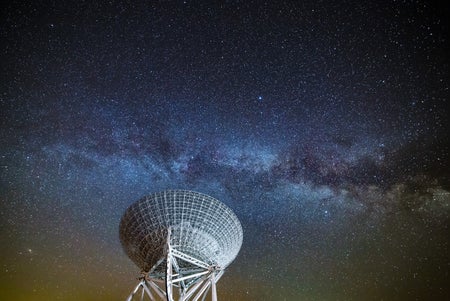
The Kavli Prize Presents: Understanding the Universe
Ewine van Dishoeck received the Kavli Prize in Astrophysics in 2018 for elucidating the life cycle of interstellar clouds and the formation of stars and planets. What other mysteries of space are left to be uncovered?

18 Minutes with Prof Conny Aerts
A discussion series from Scientific American Custom Media
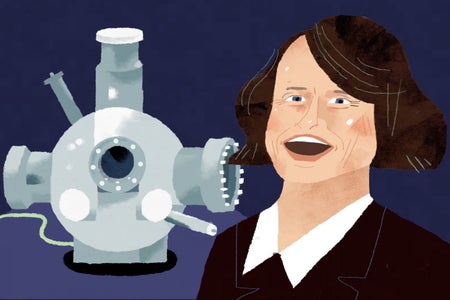
What are the Ingredients of a Baby System?
Ewine van Dishoeck, winner of the 2018 Kavli Prize in Astrophysics, discusses her work in the origin, structure, and composition of the cosmos

The Secrets of Award-Winning Science
The best scientists make discoveries that transform how we understand the world around us. Three newly minted Kavli Prize laureates offer exclusive insights into how they reached the forefront of their fields.
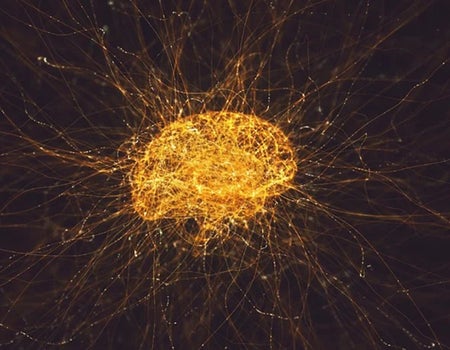
Meet the Winners of the 2020 Kavli Prize
In astrophysics, neuroscience and nanoscience, this year’s laureates transformed how we live, sense and understand our place in the universe.
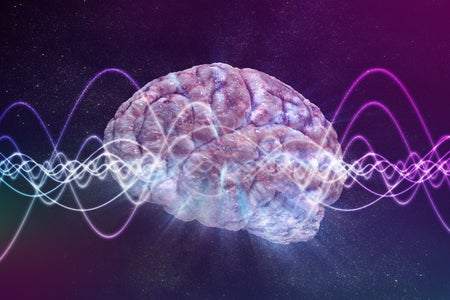
When Nature Gives Up Her Secrets
Kavli Prize Laureates reflect on the moments that led to their lauded discoveries
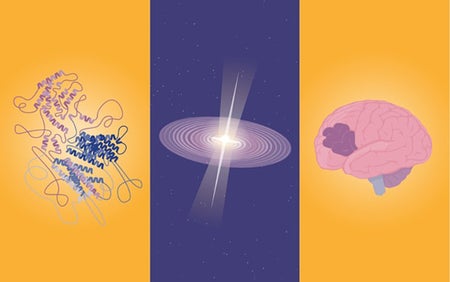
Chasing the Biggest (and Smallest) Questions in the Universe
Since 2008, the Kavli Prize has been honoring scientists for their seminal research in astrophysics, nanoscience and neuroscience. As we prepare for the 2018 prize announcement, we look back at how the laureates have fundamentally transformed our understanding of the Universe.
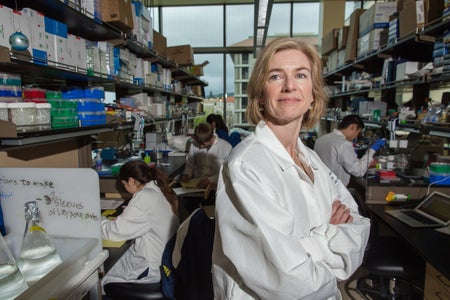
The Long View On Gene Editing
The CRISPR-Cas9 genome editing system is transforming bioengineering. We asked one of the technology’s creators, Jennifer Doudna, what comes next.
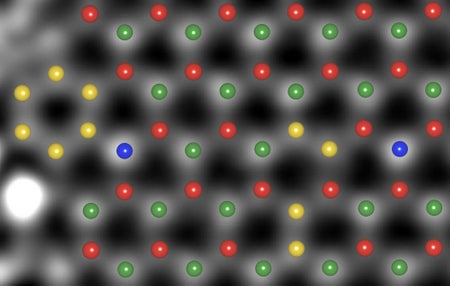
The Vast Potential of Atomic-Scale Microscopy
Electron optics expert Ondrej Krivanek on how atomic images could lead to energy-sipping computers, eco-friendly power, and sharper images of living cells

The Custom Coatings That Transformed High-Tech Industry
Self-assembled monolayers enable a remarkable array of modern technologies. Ralph Nuzzo, a pioneer in the field, looks ahead to tomorrow’s revolutionary materials
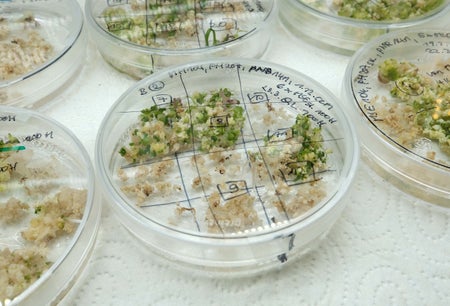
Next-Gen CRISPR and the Future of Gene Editing
Known for co-inventing CRISPR, Emmanuelle Charpentier discusses how advances in gene editing could transform agriculture, medicine and science itself
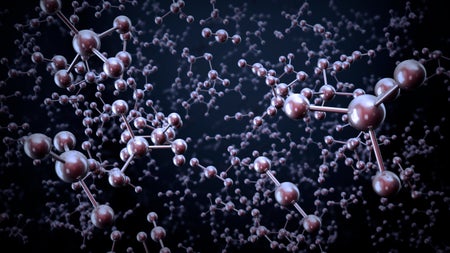
The Kavli Prize Presents: Understanding Atoms
Gerd Binnig shared The Kavli Prize in Nanoscience in 2016 for inventing the atomic force microscope. What transformative impact has this invention had on nanoscience?

The Kavli Prize Presents: Understanding Molecules
Jacob Sagiv is a chemist who studies properties of self-assembled monolayers. This year, he shared The Kavli Prize in Nanoscience for his research.
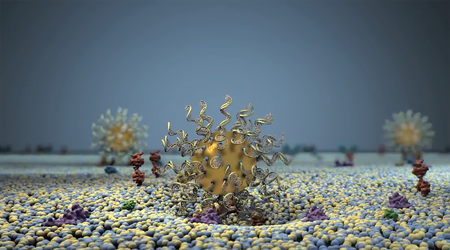
The Kavli Prize Presents: Building Materials From The Bottom Up
Chad Mirkin, recipient of the 2024 Kavli Prize in Nanoscience, has spent his career exploring the possibilities of creating and inventing materials at the nanoscale
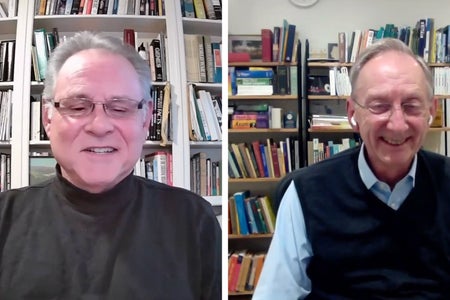
18 Minutes with Prof Sir John Pendry
A discussion series from Scientific American Custom Media
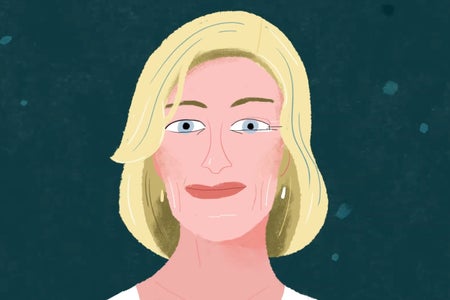
How Can We Tweak the Genetic Code with CRISPR?
Jennifer Doudna, co-winner of the 2018 Kavli Prize in Nanoscience, discusses her work in science at the atomic scale
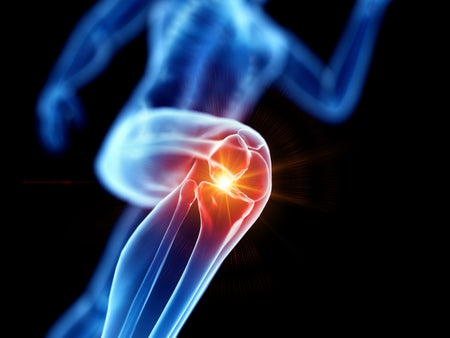
Tracing the Neural Roots of Pain
A pioneer in pain research, David Julius describes shape-changing pain receptors, objective methods for diagnosing pain, and the hunt for painkillers that target an arthritic knee, an annoying itch, or a migraine
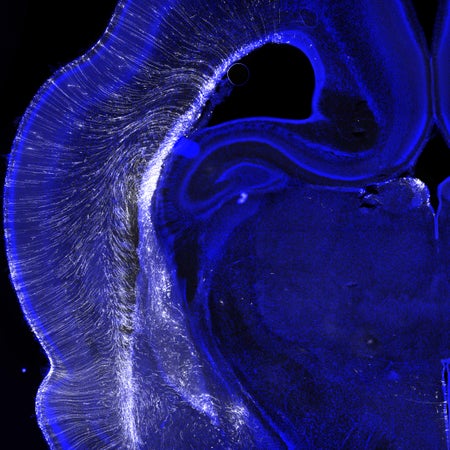
Revealing the Genes that Shape the Human Brain
Neurologist Christopher Walsh discovered genes that direct cerebral cortex development. We asked him what they reveal about intelligence, psychiatric disorders, and the nature of being human

Air Pollution: An Unclear and Present Danger
Journalist and author Beth Gardiner talks about her new book Choked: Life and Breath in the Age of Air Pollution. And CRISPR pioneer Jennifer Doudna talks about gene editing.

The Kavli Prize Presents: Understanding Touch
Ardem Patapoutian shared The Kavli Prize in Neuroscience in 2020 for answering a basic question: How does touch actually work?

The Kavli Prize Presents: Understanding Neurodevelopment and Neurodegeneration
Huda Zoghbi is a clinician-scientist who studies the molecular mechanisms of neurodevelopment and neurodegeneration. This year she shared the Kavli Prize in Neuroscience for discovering the genetic pathways behind serious brain disorders.
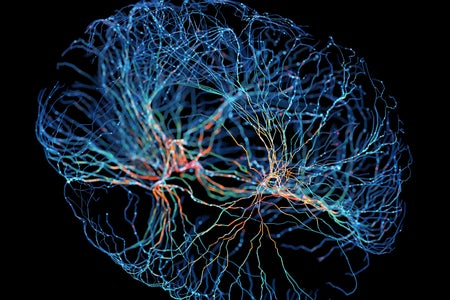
The Kavli Prize Presents: How Your Brain Maps the World
John O’Keefe shared the Kavli Prize in Neuroscience in 2014 for discovering that neurons in the hippocampus encode an animal’s location and create a cognitive map for navigation
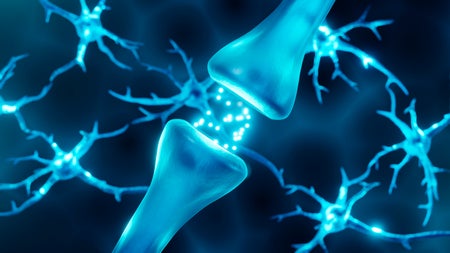
The Kavli Prize Presents: Understanding the Machinery of the Cell
James Rothman shared The Kavli Prize in Neuroscience in 2010 for discovering the molecular basis of neurotransmitter release. How did a biochemist come to win such a prestigious prize in neuroscience?

18 Minutes with Prof Huda Zoghbi
A discussion series from Scientific American Custom Media
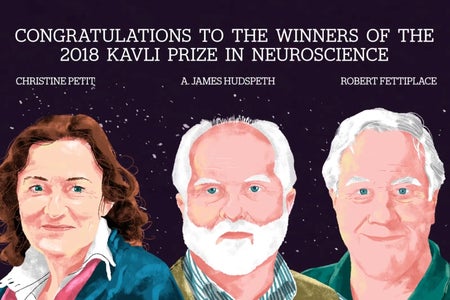
How Do Our Ears Make Sense of Sound?
Albert James Hudspeth, co-winner of the 2018 Kavli Prize in Neuroscience, discusses his work in science of the human brain
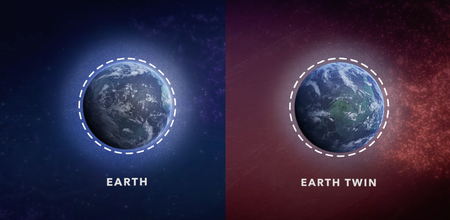
Chasing Shadows, Finding Life: The Search for Earth’s Twin
Step inside the research and imagination of Professor Sara Seager, a trailblazer in the search for life beyond Earth and a recipient of the 2024 Kavli Prize in Astrophysics. Exploring the staggering scale of our galaxy, the Milky Way, with its more than one trillion planets, this animation reveals how the innovative technique of transit transmission spectroscopy that Sara invented has transformed the study of exoplanet atmospheres and the search for Earth’s twin.